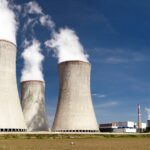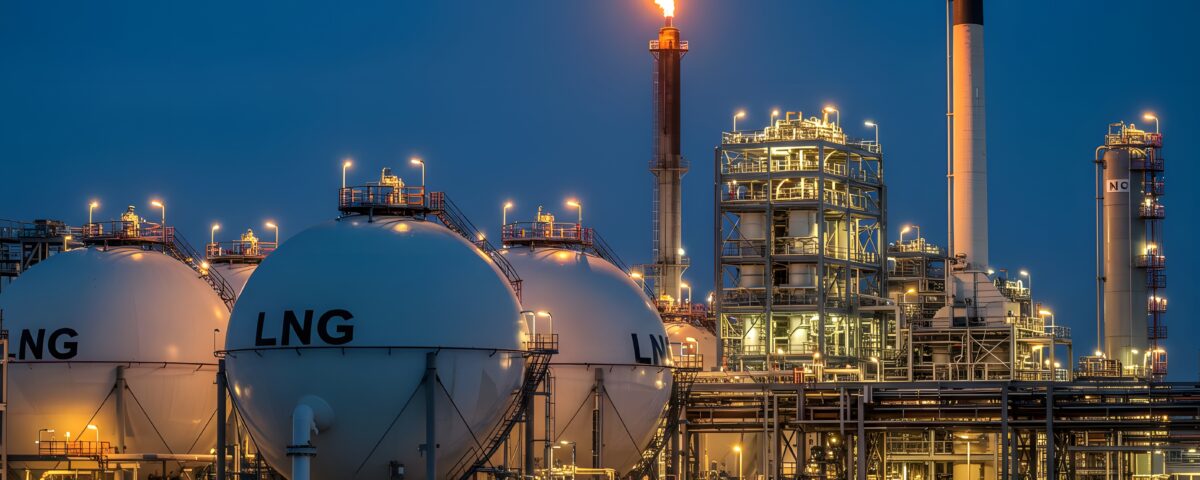
Nuclear Regulated Asset Base (RAB): Key Facts for Businesses
October 9, 2025
GLEG UK Energy Market Update…
October 13, 2025LNG continues to be the fundamental force shaping European energy market trends. The reliance on gas imports in place of historic Russian pipeline volumes continues to drive analyst outlooks and volatility, especially as global LNG supply, demand and arbitrage compete to set margins.
The Golden Pass LNG export facility could augment U.S. liquefaction capacity by ~10–15 %, and with that, it also means that U.S. exports to Europe could climb by a similar margin, tightening margins and pushing down spot premiums. With the added surplus, European markets may even see a softening of gas-forward spreads, deeper seasonal contango, and lower winter premiums.
However, Asian competition continues to underpin market volatility, and if a severe cold spell hits in 2026, it could trigger a surge in LNG demand across the region, intensifying competition and driving up spot prices. Geopolitical tensions and attacks on energy infrastructure have also added concerns around transport disruptions or rerouting risks.
Even with this new supply entering the market, Europe continues to push projects to become more self-reliant in the coming years, such as the proposed new nuclear site in the UK (e.g. Sizewell C or future SMRs) and ongoing projects such as Wind, Hydrogen, CCS retrofits and new gas storage expansions.
Overall there is a number of outcomes or changes that added gas supply could make to the markets; however, with an ever tightening target for 2030 net zero, decarbonisation could limit new gas usage, or even force early retirement of gas assets.
To get a confident hold on your energy spend, contact us today at hello@gleg.co.uk.

